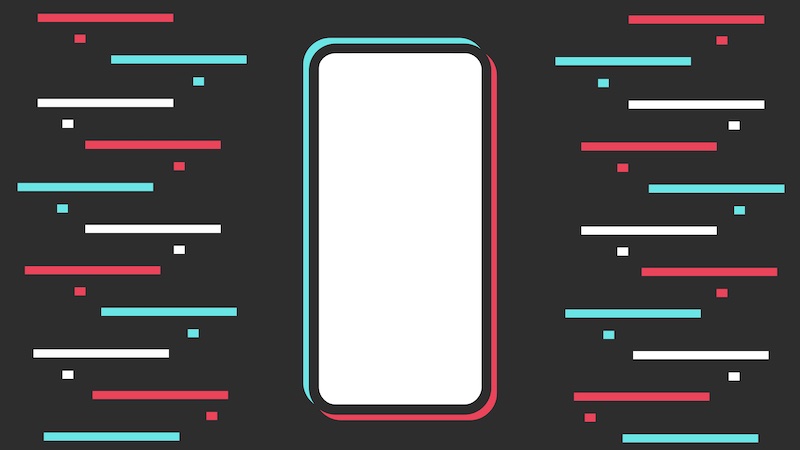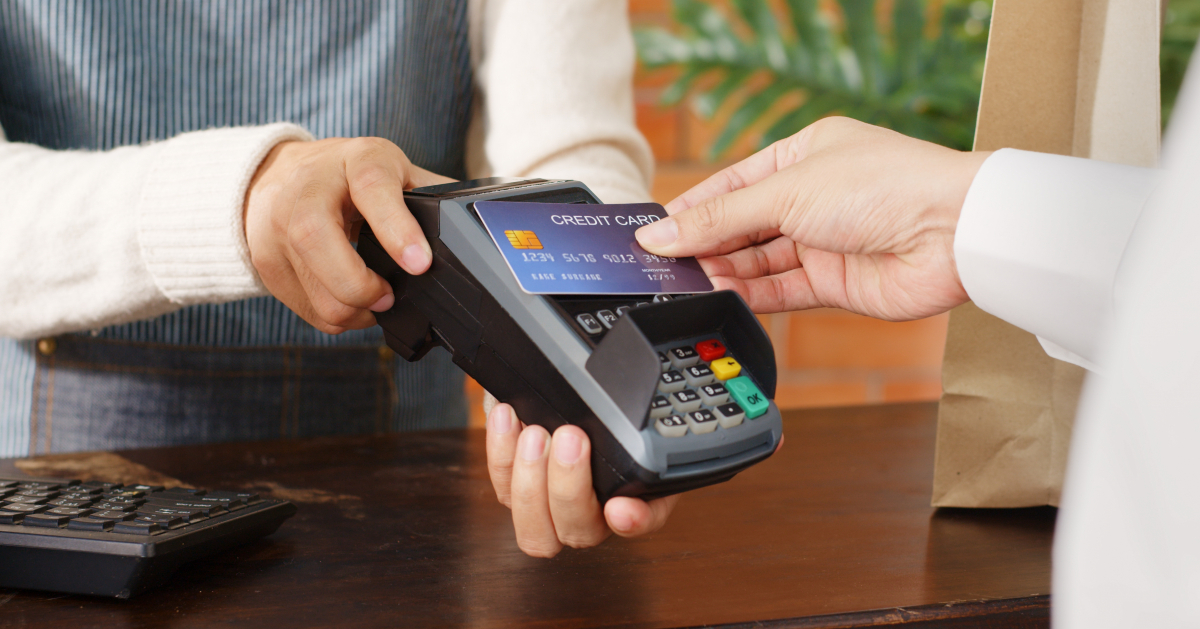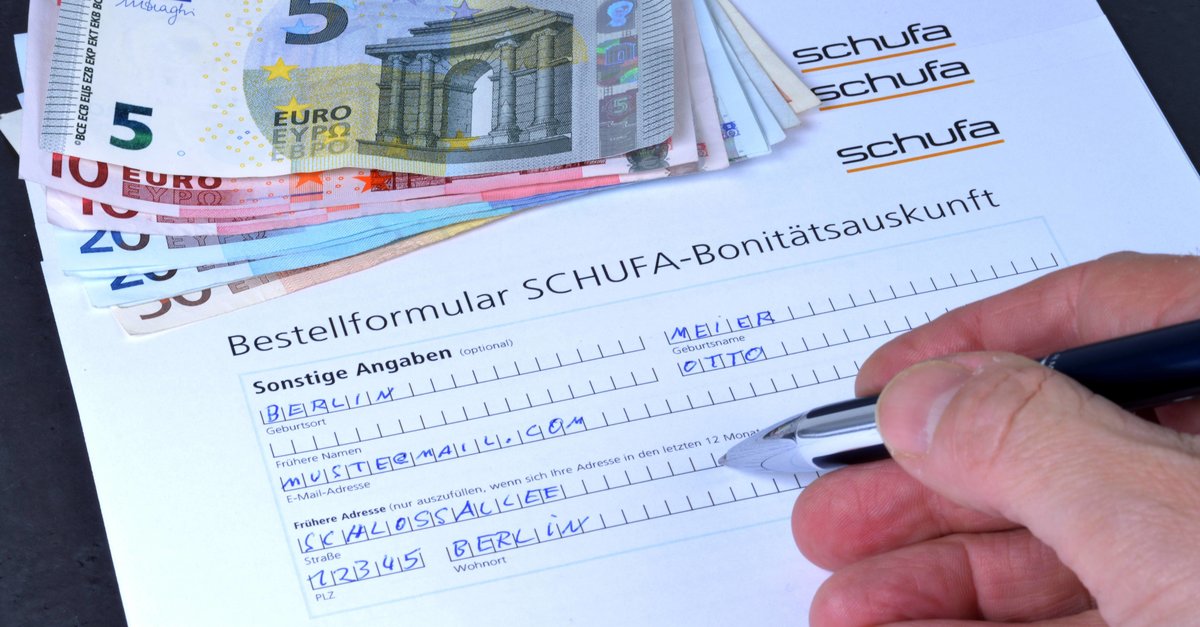Coffee can be so technologically advanced
On today’s World Coffee Day, let’s take a look at how digitalization and technology affect the caffeinated drink.
Coffee has been known in Europe since around the end of the 16th century – and since then little has changed in the basic principle of hot drinks: Roasted and ground coffee beans are infused with hot water, and depending on the taste or variant, milk, sugar or alcohol are added . So far, so easy.
Of course, in our technologically advanced world there are now numerous devices that bring your coffee into your cup as optimally as possible. But what else does it look like – how future-oriented is the coffee industry?
Because of the climate catastrophe, there are fewer and fewer areas that are suitable for growing coffee. In addition, the carbon footprint of a cup of coffee is on average 74.9 grams – almost half of this (32.99 grams) comes from cultivation. So what could be more natural than to start right there?
It doesn’t look like it, but it’s coffee. Or will one day. (Screenshot: Fast Company / t3n)
Finnish scientists have succeeded in Making laboratory coffee. The principle is the same as for artificially produced meat. Cell cultures are grown in the laboratory and then grow in bioreactors on a nutrient solution. The result is a whitish biomass that after roasting actually has the deep brown color and consistency of ground coffee. According to the scientists: inside, the infusion tastes like normal coffee. In addition, it should be possible to produce different variations and flavors through changes in the roasting process or different cell cultures.
Speaking of climate catastrophe: the paper cups in which many of us drink our coffee-to-go are not exactly environmentally friendly either, that is a well-known fact. Of course, there are reusable vessels made of a wide variety of materials, some with a deposit system – but none of this is really well established. That’s why the British want Costa Coffee chain are now using blockchain technology to investigate how the principle can be optimized.
Users have to pay five British pounds once to participate in Burt – an acronym for “Borrow, Use, Reuse, Take back”. Participants scan a QR code on the bottom of the cup, which is then assigned to their customer account via a blockchain. If you return the container to a Costa branch, the employees scan the inside of the cup again and decouple it from the account. In this way, the paths of individual cups and the usage behavior of coffee drinkers can be tracked and analyzed inside.
And of course coffee is also something for artificial intelligences. The Israeli-Colombian startup Demetria has developed an AI that can identify how the coffee will taste at an early stage in the processing process. So far, this question has only been answered shortly before roasting, when a test portion has been processed, poured and assessed by specially trained people.
With the help of a near-infrared sensor and a database of biochemical markers, the Demetria-KI recognizes what comes out in the end, in terms of taste, from the coffee bean, which is still green. Coffee farmers: inside, the beans only analyze the beans with the sensor and the app and know whether they are on the right track.
The technology is still in its early stages, but the industry has already recognized the potential: In August of this year, we have Demetria and Nespresso a cooperation decided.


